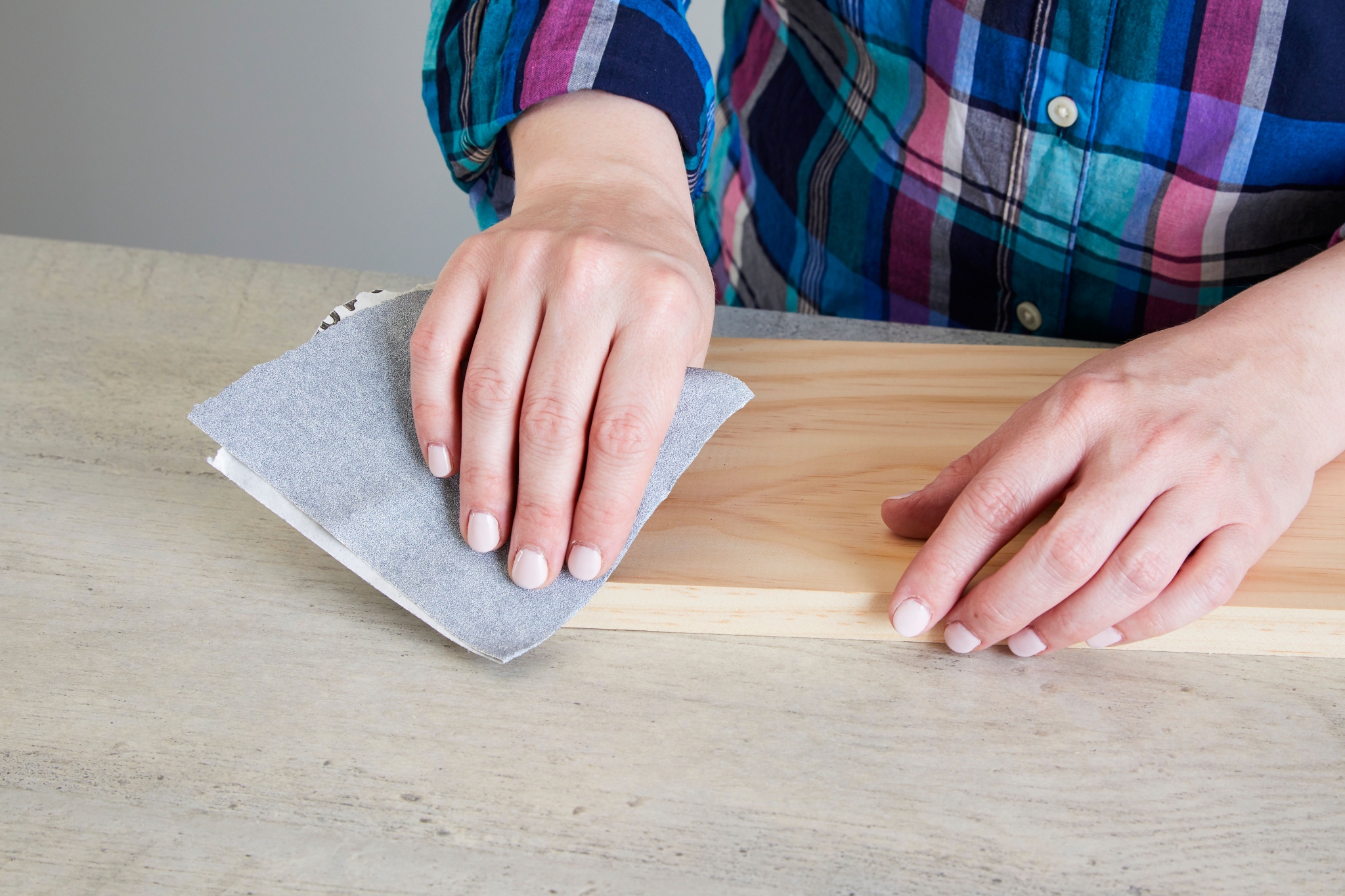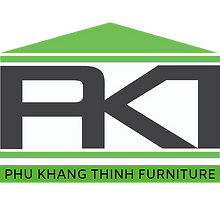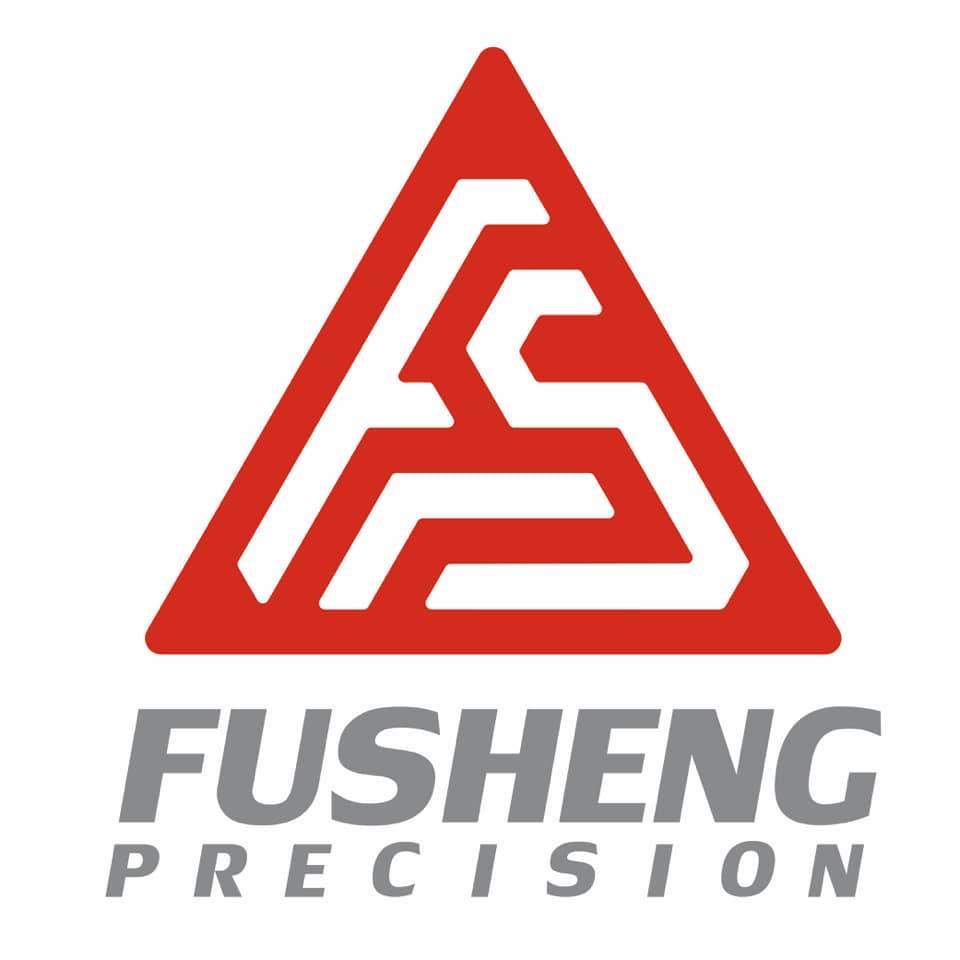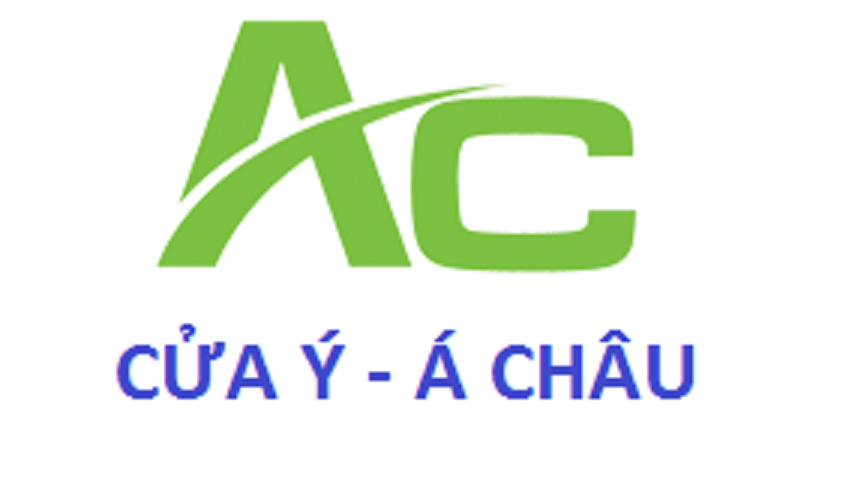
In principle, abrasive paper grit is the same tool as a file. It is a cutting tool. If we look at it under a microscope, we can see that the surface of abrasive paper grit is the same as that of a file, with sharp-edged particles. These particles are fixed on the base paper with glue. With each slide of the abrasive paper grit on the surface of an object, these hard particles will cut off some materials from the surface of the object. In fact, this is a microscopic and efficient cutting process.
Although common abrasive paper grit ranges in fineness from 12 grit to 20,000 grit, it is important to note that the cutting characteristics of abrasive paper grit itself do not change as the grit number increases and the particle size decreases. It still cuts material from the surface of the object without changing its properties.
Why emphasize the phrase "without changing the properties of the material"? Many people who work on seamless projects may find that no matter how high the grit of the abrasive paper grit used to treat the seams, they can still vaguely see differences in the seam area compared to other areas, or they may find that the whitened portion after cutting the sprue cannot be completely removed no matter how much they polish it. The reason for this is simple: the properties of the plastic are changed due to the solvent used for the seams or the pulling force of the cutters, and this change cannot be achieved through cutting, unless the cutting depth completely removes the modified material. Of course, improper pulling force with the cutters may cause whitening of the surface up to 1-2 millimeters below the surface, and in this case, one can imagine the amount of cutting required.
In summary, what abrasive paper grit can do is change the surface shape of an object through cutting. This shape change may make a plane surface flatter or remove unnecessary protrusions from the surface, but abrasive paper grit cannot change the characteristics of the object.

How to use abrasive paper grit? Use progressively finer grits from coarse to fine. In general, for large cutting amounts, use 100-200 grit abrasive paper grit, which allows you to directly cut almost 1 millimeter deep on the model surface in a matter of seconds.
After using 100 grit abrasive paper grit, the next one for polishing should be 150 grit, not 200 grit. After using 150 grit abrasive paper grit, you will face a dilemma: should you use 200 grit or 250 grit abrasive paper grit? In fact, the grit number of abrasive paper grit, just like the aperture of a camera, is an approximate value.
There is indeed 220 grit abrasive paper grit, but when we mention 200 grit abrasive paper grit, it is just a more convenient and memorable way of saying it. The proper grit numbers for abrasive paper grit are 220 (P220) and 240 (P240). Which one to choose between 220 and 240? The rule of approximation applies, so choose 220 grit. Note that abrasive paper grit cuts, and the larger the grit number, the smaller the cutting force. Excessive differences in grit number cannot remove the marks left by the previous abrasive paper grit.
For true model making, it is sufficient to start polishing with 220 or 300 grit abrasive paper grit. After all, model parts are relatively precise, and there is no need to start cutting from scratch. When using a file, we often find that the gaps between the file teeth are filled with debris. This phenomenon is called clogging. Under normal circumstances, we need to use a copper wire brush to remove the debris between the file teeth, otherwise, these debris will change the grit number of the file and may scratch the surface of the parts along with the small chips produced when filing.
When using abrasive paper grit above 800 grit, it must be used with water. Otherwise, the accumulated debris between the abrasive paper grit and the parts will severely wear down the smooth surface. Once the 2000 grit abrasive paper grit becomes white after a few strokes, just throw it away. There is no value in using it again. Many people may consider this a waste, but that's just how abrasive paper grit works. Abrasive paper grit without cutting force is no different from waste paper.
Finally, when using abrasive paper grit, the entire process requires wearing a mask or personal protective equipment such as a respirator. This is actually quite interesting. Many people choose not to use airbrushes and opt for brush application to protect their family's respiratory health. However, it should be noted that the dust generated from sanding is much more harmful to the body than the paint sprayed by airbrushes. When using abrasive paper grit above 1000 grit, it is necessary to wear a respirator with PM-level protection.















Address: Part of Lot CN17, Road N2 and Road No. 4, Song Than 3 Industrial Park, Phu Tan Ward, Thu Dau Mot City, Binh Duong Province, Vietnam
 0908 077 122 - 0909 350 277
0908 077 122 - 0909 350 277
 info@giaynhamriken.com.vn
info@giaynhamriken.com.vn
 www.giaynhamriken.com.vn
www.giaynhamriken.com.vn
Hotline
Hotline
